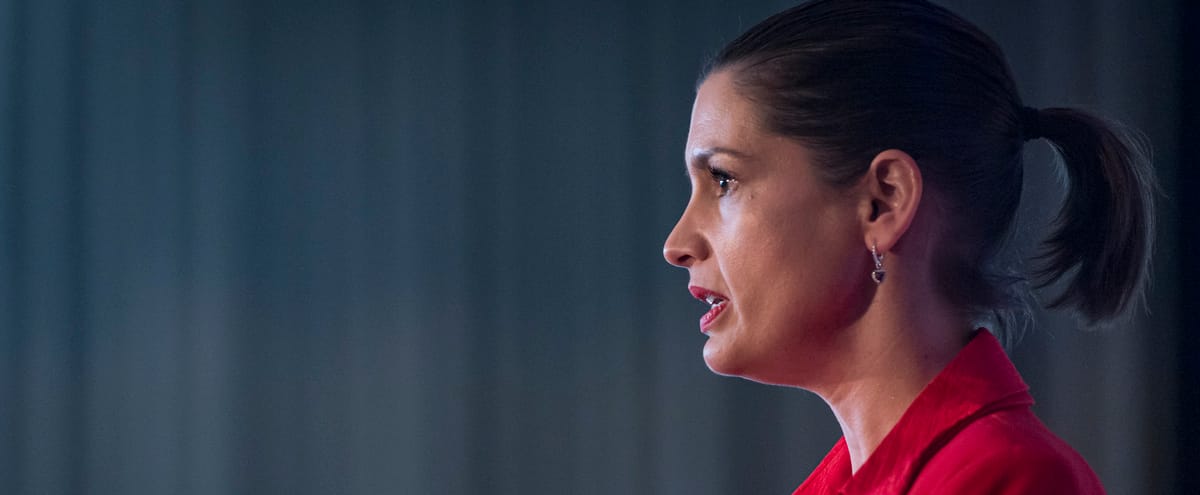Started again practically from scratch a year ago, the “REM de l’Est” will be done, assures the Minister of Transport Geneviève Guilbault, who undertakes to submit a final version of this public transport project by the end of his mandate in 2026.
• Read also: The REM is still not ready for service
• Read also: Downtown Montreal “in trouble” without public transit
“It is certain that the project will be done. That’s safe, safe, safe, ”insisted the minister Monday morning about this electric train project which must serve all of eastern Montreal.
It is expected that this train can lead from the Assomption metro station to Montreal North or that it goes east through the Pointe-aux-Trembles sector.
Although this plan is preliminary, Ms. Guilbault would like to have a final version before the end of her mandate.
“I don’t want to commit to shovelfuls of dirt or things like that, we’ll give the committee time to finish its work,” she also admitted.
The Regional Metropolitan Transport Authority (ARTM) is due to release its final report next June.
The organization had been appointed to head a working group on the Eastern REM in May 2022. At that time, Quebec and Montreal had decided to take over the management of this project from the hands of the Caisse de deposit and placement of Quebec (CDPQ).
The route and scope of the project has therefore been completely reviewed by the new managers.
In January, an interim report by the task force also recommended abandoning any aerial structure project in Mercier-Est, which aroused the discontent of the citizens of the sector.
Deadlines are over
“We absolutely need a structuring transportation project in the east end of Montreal. Mobility is deficient, there are no interesting alternatives to the car”, maintained the minister.
For its part, the Plante administration ensures that the project will be done “as quickly as possible”. “We are not going to have delays like with the blue line or the SRB [Pie-IX]“, underlined Sophie Mauzerolle, responsible for mobility on the executive committee of the City.
For the moment, the REM project in the East does not include a link to the city center of the metropolis. The working group is rather looking at connections to the green line of the metro or the blue line, which will soon be extended.
“We can think about that in a second step, but the priority for Quebec and Montreal was to acquire tools so that we do not postpone this project to the Greek creeks,” argued Ms. Mauzerolle.
For the president and CEO of the Board of Trade of Metropolitan Montreal, this is a “positive signal”. “We hope that the filing of this report will be quickly followed by a clear timetable from the Government of Quebec for commissioning at the turn of the end of the decade,” said Michel Leblanc.
Quebec and Montreal are also examining three options for extending the REM to Lanaudière, Rivière-des-Prairies or Laval. The costs of the project will be estimated according to the scenario put forward, reminded Ms. Guilbault.
